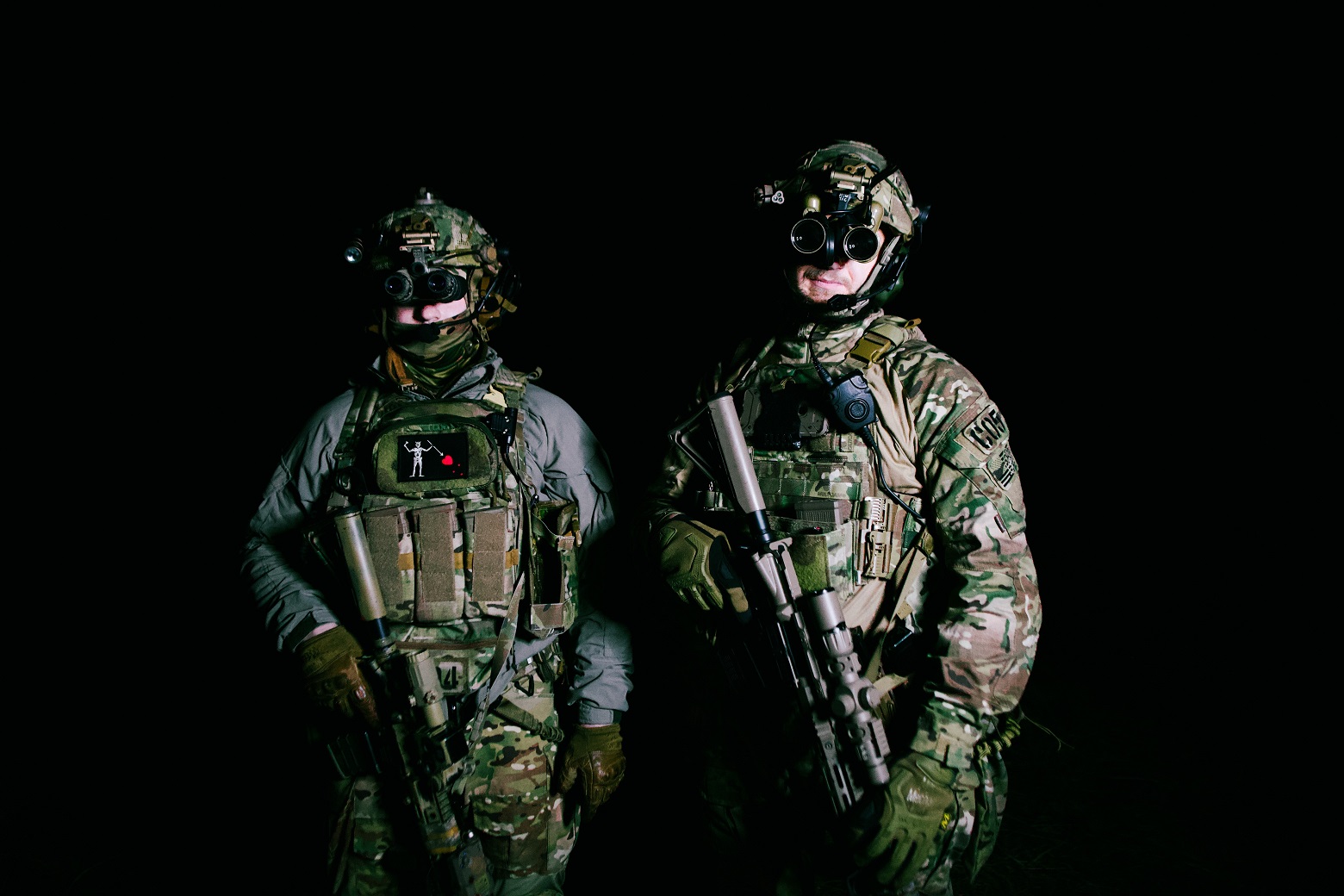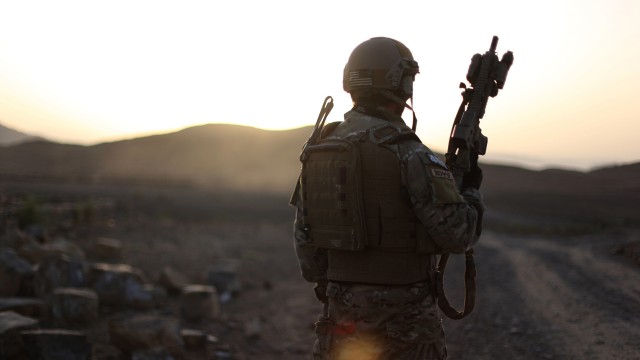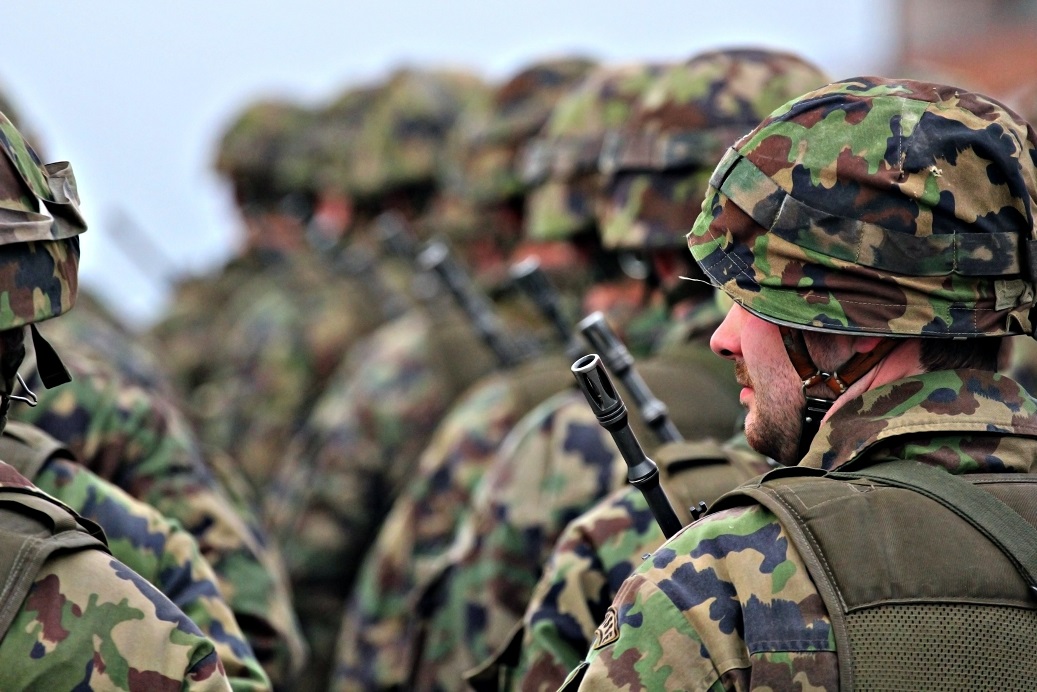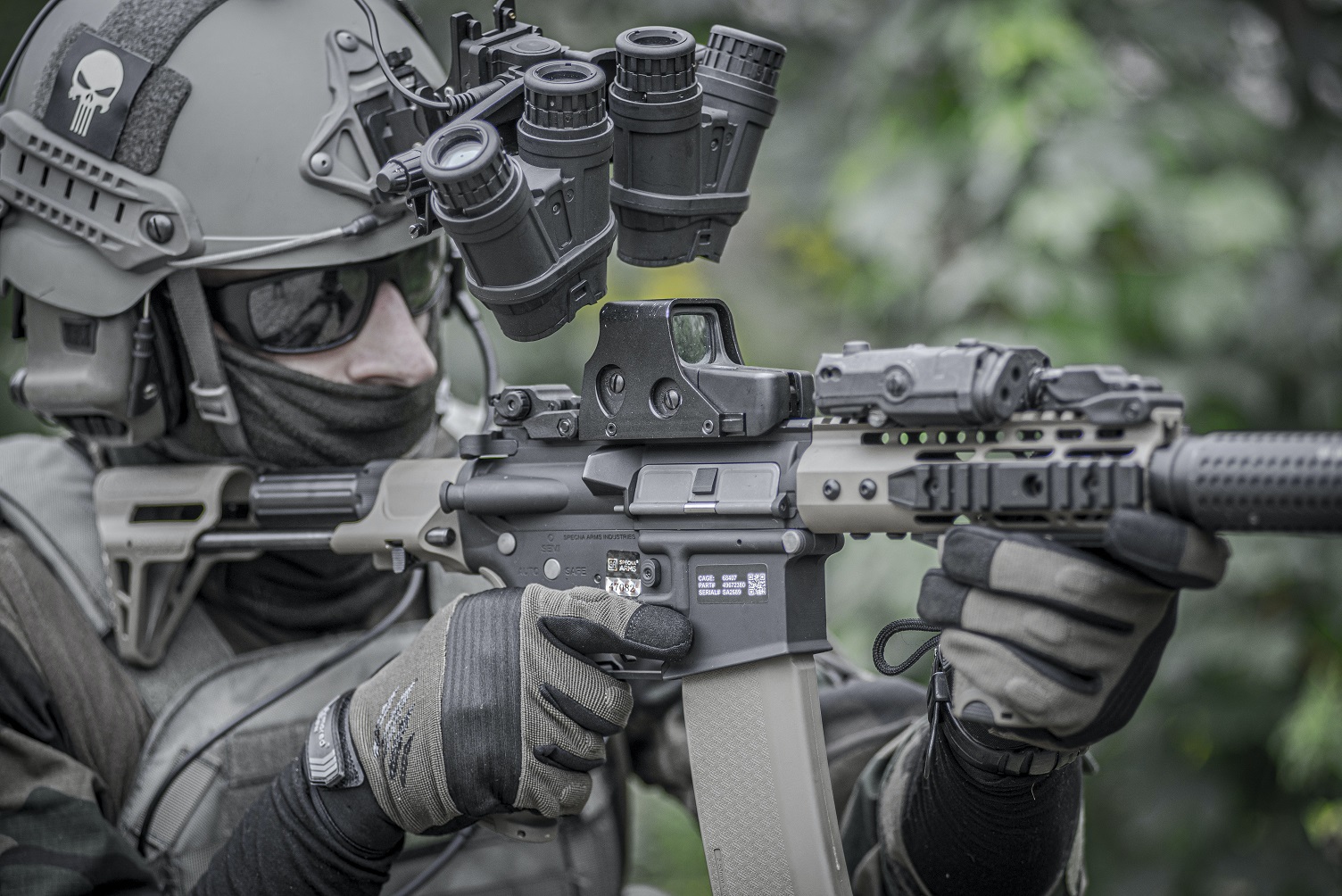Plate carrier vests, which are normally made of fabric, are worn over armor to protect the wearer’s torso. Front and rear armor plate pockets are normal on many vests, and the interior is frequently composed of aramid. These armor plates are intended to protect you. To begin with, the plate carriers offer no protection against missiles. It is risky for police officers to rely solely on their carriers to protect them from gunfire.
The presence of ballistic plates reflects the level of protection provided by a plate carrying vest. The level of security is determined by the usage of ballistic plates. When it comes to plate carrier vests, you have a range of defense alternatives to pick from. Multiple ballistic plate protection levels can be transported on a single carriage. Keep in mind, however, that different types of ballistic plates require unique plate carriers. The proper ballistic plates necessitate a reliable carrier rig.
The term “hard body armor” is typically applied to ballistic plates. Many of them will be third or fourth level. The armor plates can be created from either polyethylene (PE) or ceramic materials. Polyethene (PE) plates are optimum due to their durability and lightness. Although equally protective, steel and ceramic are both bulky.
Ballistic plates are required for classifying the level of protection of carrier plates. Due to the numerous properties and functions of a carrier plate, it is dangerous to enter a gun battle without one. When the plate carrier vest is empty, it is similar to carrying around a T-shirt made entirely of air. It is impossible to see a police officer wearing a red or blue T-shirt during a sun fight. Simply put, engaging in combat without ballistic plates is a futile endeavor.
For more articles, please click here.










